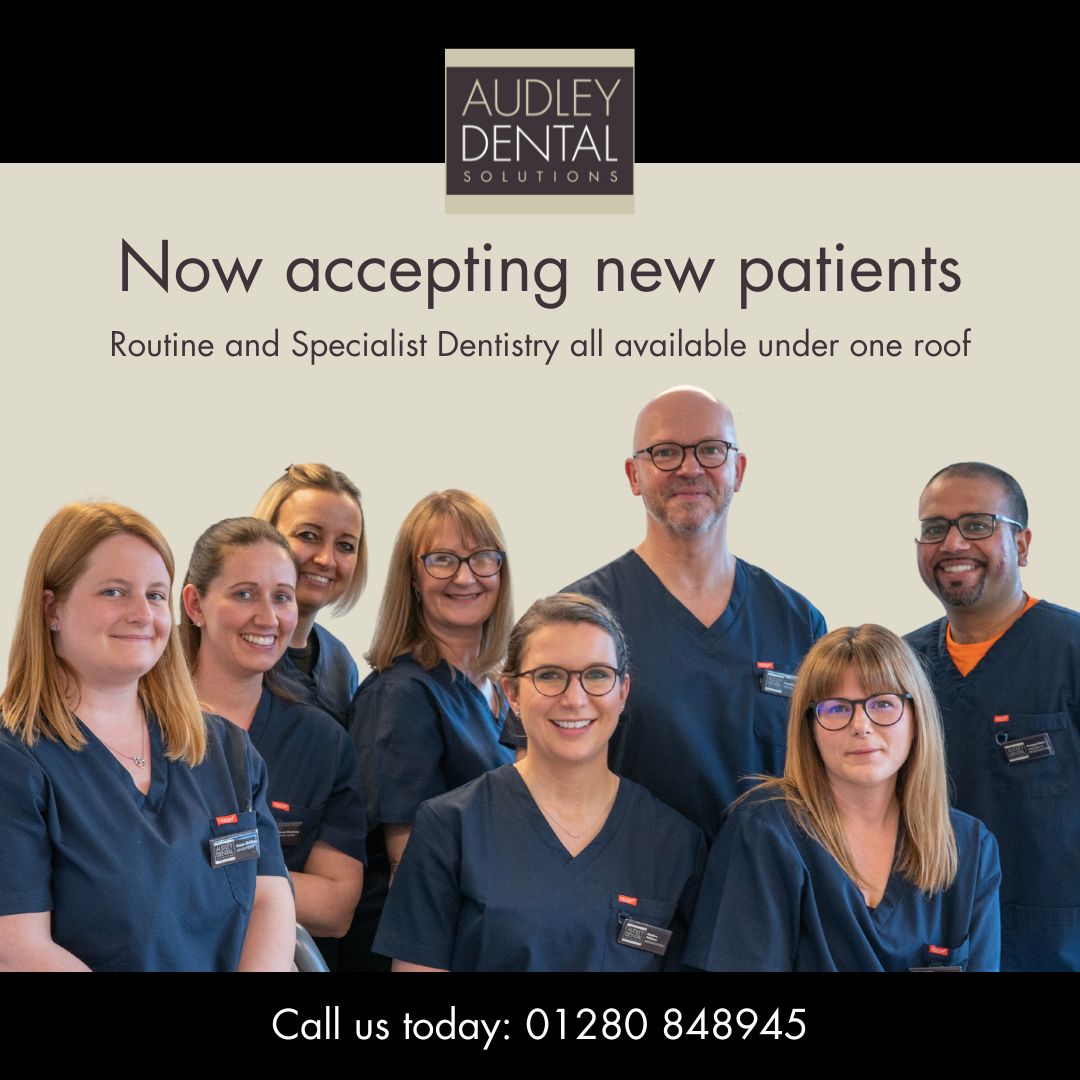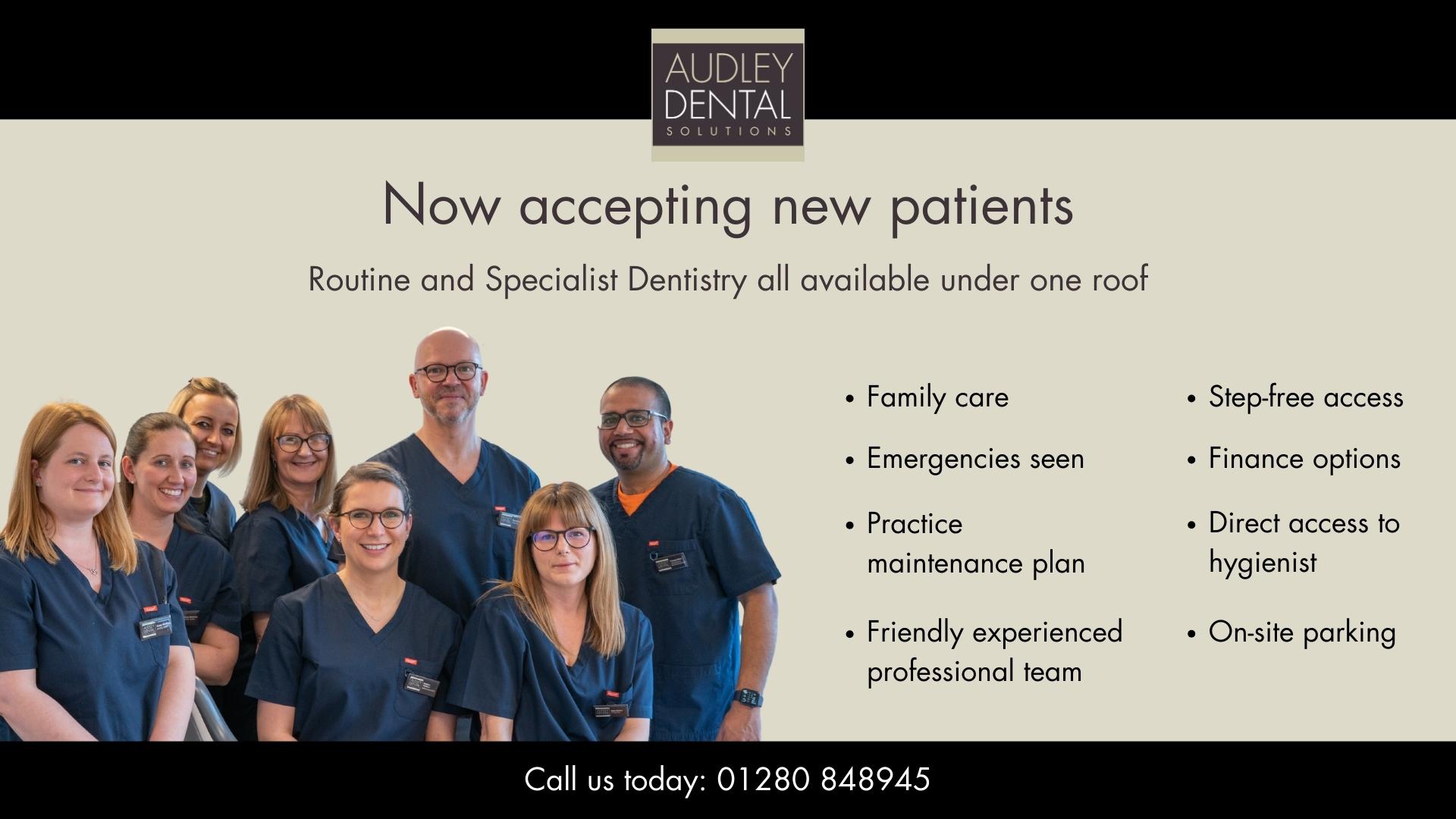Case summary. A 65 year old gentleman was referred to implantologist Dr Chris Wood depressed about the inability to eat comfortably since his lower teeth had been lost and replaced with a denture. Chris undertook the normal treatment stages of examination, treatment plan discussion, treatment planning, surgery and provision of a new implant supported denture. Mr B was literally ‘amazed’ at the difference between his original loose, painful denture and his new comfortable, stable implant denture.
Mr B suffered from long term gum disease, necessitating the removal of his last few remaining teeth in the lower jaw. The teeth were removed about 12 months ago and Mr B had been provided with a conventional lower full denture. Since the denture was fitted, he had experienced great difficulty with eating and indeed speaking, he was becoming increasingly despondent, thinking that the same situation was also going to occur in his upper jaw. Mr B was referred to see Chris by his dentist Miriam Vivian, to find out whether dental implants could help him.
Chris provided a free consultation for Mr B when he carefully listened to his dental problems and how they were affecting his confidence and comfort, he thoroughly examined Mr B’s mouth, made a diagnosis and explained all of the options open to him. His treatment alternatives included:
Chris explained the relative merits of each option, costs, time frames and expected outcomes, together with the inherent risks / benefits of each alternative.
After some consideration, Mr B decided that he wished to proceed with an implant supported over denture using two implant supported retentive units. This represents what might be called the ‘entry level’ implant solution, achieving the vast benefits of fit and function with moderate expense.
The treatment stages of: planning, surgery, fabrication of denture and aftercare progressed smoothly, Mr B experienced minimal discomfort and had his new implant supported denture 4 months after treatment commenced.
He was ‘bowled over’ by the difference it made to his comfort and confidence, he can now eat, speak, smile and even whistle the way he used to when he had healthy natural teeth. He is looking forward to starting the same procedure for his upper jaw.
Technical data. Mr B was provided with a mandibular full denture with integral chrome framework, retained by two locator attachments supported by two inter-foraminal Ankyloss 3.5 x 11mm implants.

